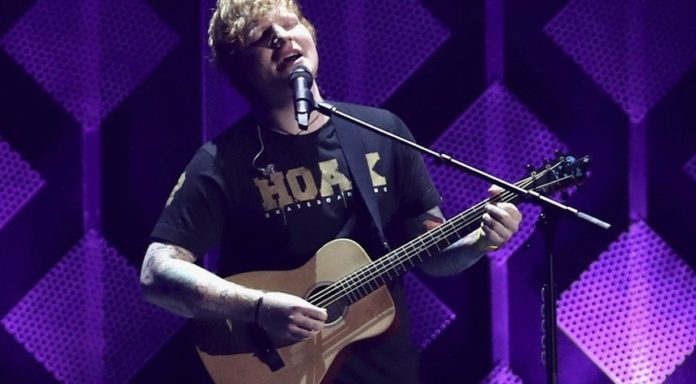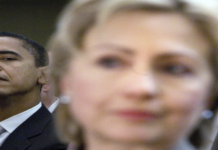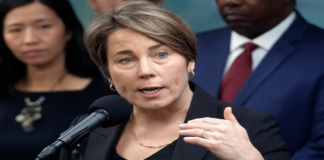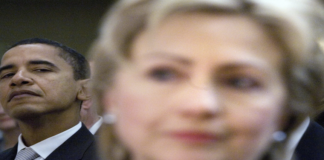Billboard recently published an article about Lucian Grainge, Universal Music Group CEO, and his call to create an “updated model” in the music industry that is more “innovative and artist-centric” and offers a better experience for consumers. Grainge’s views should not only be used by music industry executives but also by all executives working in industries where technological changes have prompted difficult discussions about royalties, copyright, and intellectual property.
In a memo to his employees for the New Year, Grainge clearly states that he is passionate about the music and supports the artists. However, it is also clear that Grainge doesn’t like recent entrants to the industry, which he feels are exploiting the recent growth and don’t care about the artist’s long-term future.
In the past, the music industry was divided by ‘the majors against the indies’. Today, the real division is between those who are committed to investing in artists and their development and those who want to game the system with quantity over quality.
Grainge cited immersive audio as an example of the innovation that the company has brought to the industry, including artists and consumers. UMG approached Dolby seven years ago with the idea to “evolve the music listening experience”. This was with the goal to create a new format that “envelops listeners in a 360-degree immersive atmosphere that allows artists to explore their creativity more freely.” It’s a win-win.
This investment took years, Grainge explained. It included building new recording studios in LA and London, as well as training sound engineers on how to use the format. Artists and estates were also educated about the benefits of immersive audio. What’s the result? Now?
Grainge hopes to bring the same disruptive thinking to the music industry, especially streaming platforms. This will benefit the artist as well as the consumer and, of course, the labels. While streaming has provided “opportunities, and benefits”, for artists and consumers alike, the revenue structure has caused some unexpected problems, such as a saturated market and some questionable “music”. This is not good for either top artists or consumers. Grainge explains why this happened.
Some platforms add 100,000 tracks every day. With such an overwhelming amount of content flooding platforms, users are increasingly being guided to lower-quality functional content by algorithms that can sometimes barely be called “music”.
Let me explain. Platforms use the music of artists with large fan bases to attract subscribers. Once those fans have signed up, they are often directed by algorithms to download generic music that is cheaper to license, or has been commissioned by the platform. Just look at the thousands or even millions of 31-second sound file uploads that are designed to divert royalties and game the system. What is the result? The result? A less satisfying experience for the user reduced compensation flowing to artists who are driving the business models behind the platforms, and fewer cultural moments fans can collectively enjoy. All of this undermines creativity and develop artists and their music, which the platforms were designed to foster.
The platforms seem to only see dollar signs, which is fine. However, if they focus solely on revenue and ignore quality content then eventually the whole industry will suffer.
Compare this to what’s going on in Washington, DC, where streaming services, bureaucrats, and trade group executives are still fighting over the LAST five year’s royalty rates, but one trade group executive is celebrating a December ruling by the Copyright Royalty Board regarding streaming royalty rates for writers that raise the headline rate by a whopping.25 percent over five years. Billboard
The Copyright Royalty Board judges arrived just before New Year’s Eve on Friday (30 December) and upheld a settlement that was proposed by the National Media Publishers’ Association, Digital Media Association (DiMA), and Nashville Songwriters’ Association Inter (NSAI). This ruling was issued shortly after midnight. This ruling…represents a compromise among the music industry, and streaming services, and creates certainty around royalties owed songwriters for U.S. mechanics.
The settlement, which the NMPA calls the “highest rates ever recorded in digital streaming,” will see the headline rate rise from 15.1% to 15.2% of revenue in 2023, and then a half a point each year until it reaches 15.35% in 2027.
Spotify charges rates using a complex method. However, they have increased the rate per subscriber by 37% and the rate by 5.2% respectively (from.80 to.10). Artists are not likely to be excited about the rise in streaming rates, given the inflation rate and the fact that royalties do not go to the people who receive them.
David Israelite of NMPA, who was involved in the settlement, says that it is difficult to know what the settlement will mean in terms of revenue. This is due to the fact that the services determine the price to consumers and the advertising rates. Israelite was asked by Creative Industries News if he had any idea how much additional revenue publishers and songwriters could expect from the agreement. They are projecting, but:
It is important that you understand what factors influence this number. This will depend on which services have in terms of subscriptions and advertising revenue. We are also beginning to see price increases such as we saw with Apple. It is hard to predict what it will look like once it is in effect. It’s very speculative…
Israelite is in agreement with Grainge about the need for reform in the industry but believes that it can be achieved through legislation and bureaucracy.
Parties must be open to changing the system. We are currently focusing on reaching an agreement about how to do this, and then we will engage Congress, just like we did with the Music Modernisation Act.
Now we face a new challenge: can we find a way to create consensus and improve the CRB process? Although we’ve had discussions with parties about the concepts, we still haven’t formulated the changes. We established a working relationship with DiMA and have shown that we are capable of coming together to make meaningful changes. It was crucial to establish the framework.
Although Israelite does not describe specific ideas or parts, it does not seem like there is any anticipation of a major, disruptive shift from the current negotiations between Washington, D.C.’s “stakeholders”.
Though his thoughts are similar to Grainge’s, they offer a lot more promise in terms of innovation and intellectual property rights (as creators of short-form videos are included in his vision), without de-emphasizing fandom’s essential goal of “monetizing it.”
To correct this imbalance, we need a new model. A model that supports all artists, major and DIY. A model that is innovative and artist-centric, which values all subscribers and rewards the music they listen to. This model will benefit artists, fans, and labels. It also increases the value proposition of platforms, which can help accelerate subscriber growth and better monetize fandom.
We will continue to work on innovation this year to create a better, more competitive music industry. One in which great music is easy and easily accessible for all music lovers, regardless of origin. A place where great music isn’t drowned out by noise. A place where all music creators, regardless of whether they are audio or video, are fairly compensated.
I agree with Grainge’s vision for the future of music.










